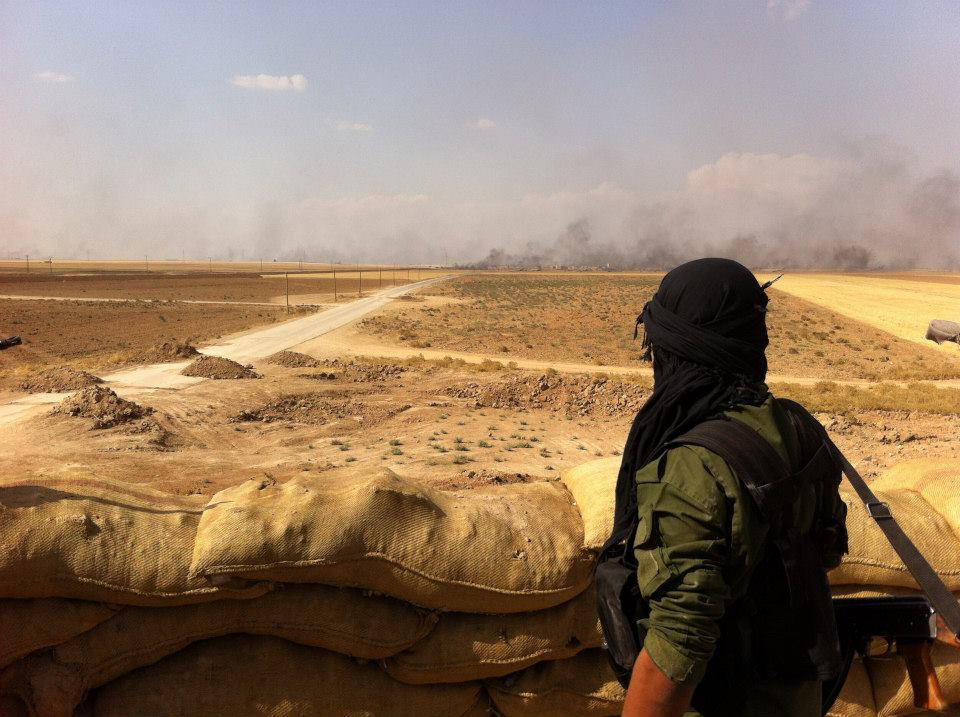Prior to Operation Enduring Freedom, the US justified its course of action by using women’s rights as one of the reasons for entering into combat after the attacks of September 11, and to mobilize support from within the international community. Without a doubt, Afghan women live in a patriarchal country that focuses on furthering the empowerment of men. These are some of the deep-rooted cultural beliefs that are embedded in Afghan communities, and they continue to fuel gender-based discrimination throughout the state.
The NATO-led International Security Assistance Force (ISAF) in Afghanistan is dedicated to counterinsurgency, and improving the capacity and capability of the Afghan National Security Forces (ANSF) and governance. ISAF’s upcoming withdrawal is a source of apprehension due to some continuing barriers that are perceived to be difficult to overcome. For example, young girls and women continue to be imprisoned for moral crimes. Though discrimination against women continues to exist, the degree to which the international community helps to reduce the barriers and prevent backsliding should be taken into consideration.
Curtailing Female Oppression
UNSCR 1325 is dedicated to strengthening women’s participation in all facets of peace building and security. It cannot come into effect in one specific way since it is a complex and multidimensional process. The degree of success of Provincial Reconstruction Teams (PRTs) in Afghanistan is one way to measure the Resolution’s effectiveness. One of the primary goals of the PRTs is to empower women, and to include them in the state’s restructuring process, as well as operationalizing gender in NATO-ISAF’s PRTs. They have gender advisors to boost gender awareness in all the levels of ISAF’s work. PRTs in Afghanistan exist at the provincial and district levels, and the international community is responsible for their execution. PRTs typically focus on engaging with a state’s political and military structures, while simultaneously keeping a watchful eye over the political and military system, in addition to focusing on restructuring processes. They work hand-in-hand with authoritative groups that support the military and policing structures. They are also responsible in assisting with development and humanitarian-related projects.
While the mandate of PRTs is broad, one distinct function is to engage Afghan women in all aspects of the country’s peace-building process. Dialogue is one of the techniques used to promote open communication with Afghan women, which supports the spread of knowledge and information on pressing security-related issues. As an example, schools have been built in safe zones that are now accessible to females within their communities.
[captionpix align=”right” theme=”elegant” width=”300″ imgsrc=”http://natoassociation.ca/wp-content/uploads/2013/09/PRTs-and-Women.jpg” captiontext=”PRTs in Afghanistan”]
Due to the social fabric of Afghanistan, male soldiers cannot communicate with the majority of Afghanistan’s population. Cultural norms prohibit them from speaking to the female populations. In response to this issue, the US Marine Corps created Female Engagement Teams (FETs) of women to help bridge the gap between the Afghan women and the rest of the population. Though the FETs are part of a counterinsurgency (COIN) campaign, they are also used to provide aid for women, and to encourage them to show support for the Government of Afghanistan instead of the Taliban. A powerful dynamic of the FETs is encouraging women to discuss their support for the government with their family so that male members do not support the wrong group. The British FETs advise women that forming a unified front will allow them to prosper in a post-conflict country. Now, the FETs mandate has been passed on to Afghan men.
Instituting a System of Gender Apartheid
The Taliban in Afghanistan used power as a tool for oppressing women by instituting a particular interpretation of Sharia – the mistreatment of women contradicts the fundamental principles of Islam. During their reign of terror, women could not take part in the education system or travel without being accompanied by a male relative; they were forced to wear the burqa, and prohibited from being examined by male physicians. Female physicians could not work; thus the death toll of girls and women increased. The Taliban punished women and justified such actions by declaring that the virtue of women must be protected. Women’s rights have improved since the major hub of the Taliban militancy in Afghanistan was destroyed: female enrollment in the education system has increased; there is a quota for female participation in the Afghan National Assembly and provincial councils; female activists are present and free to operate; and equal rights have been included within the constitution. Nevertheless, a post-Taliban Afghanistan is still experiencing issues related to gender-based discrimination.
The Prospects of Gender Equality
Giving women a voice is a stepping stone for transforming a war-torn country into a stable one. The international community is able to assure that the concerns of women are addressed alongside their male counterparts. Peace building requires the participation of all genders and initiatives such as the PRTs and FETs bring the country a step closer to accomplishing this. However, there is a lack of qualitative and quantitative data that makes it difficult to measure their successes and failures.
It is difficult to change a culture, but if the intent is there for womens’ rights and equality, that is the first step for change. The PRTs and FETs have been instrumental in ensuring that women’s voices are heard. To continue with the development of equal rights, women must be politically represented in an official and proficient manner. The international community must ensure that the Afghan government continues to support such initiatives.




